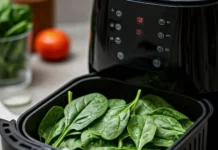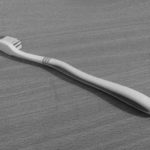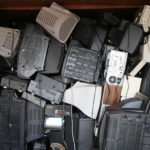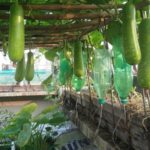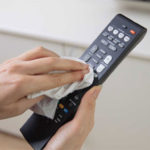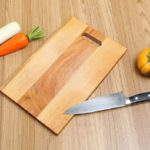Habit and living environment of carp make them somewhat susceptible to bacterial infections. When you gut the fish, you will notice a black layer, which contains a lot of bacteria and harmful substances.
It is best, if you want to eat carp, to choose a type of fish caught in a non-polluted environment or to eat fish raised in a water source with guaranteed hygiene.
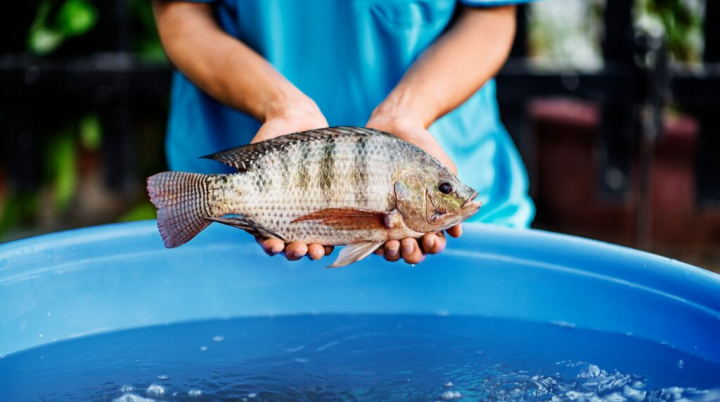
According to Associate Professor Nguyen Duy Thinh (Former lecturer at the Institute of Food Technology, Hanoi University of Technology), Carp is a common freshwater fish, raised in large quantities, with fast reproduction and good growth. This fish species can live in all environmental conditions such as ponds, ditches, and even murky rivers. In Hanoi, there have been many tests showing that carp in the Nhuệ River area are contaminated with lead.
If living in a dirty water area, fish are prone to parasites and bacteria. The bacteria can die when the fish is thoroughly cooked. Most concerning is that carp can be contaminated with heavy metals such as arsenic, iron, and lead, and residual chemicals from the living environment pose a threat to the community’s health.
You can choose other types of fish such as tilapia, and catfish as substitutes for carp. Besides the contamination risk, carp also has less nutritional value, especially in terms of fatty acids like omega-3. The advantage of carp is that it has easily filleted flesh, thick meat, and few bone splinters.
When buying carp, you should know the source and only buy fish from safe and reliable supermarkets and food stores, not from dirty rivers or streams. You should never eat raw or undercooked fish.
When processing fish, you should remove all fins, head, tail, scales, and intestines. It is necessary to scrape off the black membrane on the belly of the fish as it is the most bacterial-rich area. You should not eat carp excessively and can alternate with other types of fish.
In addition, people should never eat raw fish from the bottom layer such as catfish.
8 Common Mistakes People Make with Cutting Boards
Are you using your cutting board correctly? Many Vietnamese households rely on cutting boards in their kitchen, but not everyone knows how to use them properly, especially when it comes to wooden cutting boards. Check out these 8 mistakes to avoid when using a cutting board to ensure both hygiene and safety for everyone in your family.











